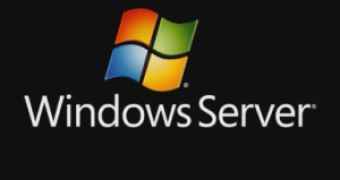Microsoft released its latest versions of Windows client and server platforms to manufacturing on July 22nd, 2009, and subsequently to customers on October 22nd and in September, respectively. Both Windows 7 and Windows Server 2008 R2 have been accompanied to the market by a range of content designed to get end users, OT professionals and the developer community familiar with the successors of Windows Vista and Windows Server 2008 R2. The latest resources to go live from the software giant are addressed to developers looking to target the Windows Server 2008 R2 platform. Devs can now access the free Windows Server 2008 R2 Developer Training course, hosted on Channel 9.
“If you're a developer looking to build apps for Windows Server 2008 R2, there are a host of new technologies to consider. Although R2 is an incremental release, it's not your "average R2". Key new feature areas include "many-core" scalability, virtualization, power management, web workloads, and enterprise network solutions. To build the best app, you'll need to learn about select R2 platform technologies and build your own integrated solutions,” explained Oliver Rist, technical product manager, Windows Server Marketing.
There are a multiple Windows Server 2008 R2 Developer Training courses, tailored to specific aspects of the server OS release. Developers will be able to learn about performance and efficiency enhancements, but also about Server Core .NET Application Server, the Extensible Web Platform, Extreme Web Services, the Extensible File Classification Infrastructure, Windows PowerShell, and even VHD and Hyper-V APIs.
“Explore this significant Windows Server release via a self-paced training course of videos and hands-on-labs with a focus on performance, web, management, and other server solution scenarios. Learn about developing applications for “many-core” scale, enable efficient “trigger-started” services, explore new Windows PowerShell features, create integrated solutions with the File Classification Infrastructure, build Web Platform extensions, and automate your dev-test environment with VHD and Hyper-V API’s,” noted Phil Pennington, with the Windows Server Technical Evangelism.

 14 DAY TRIAL //
14 DAY TRIAL //